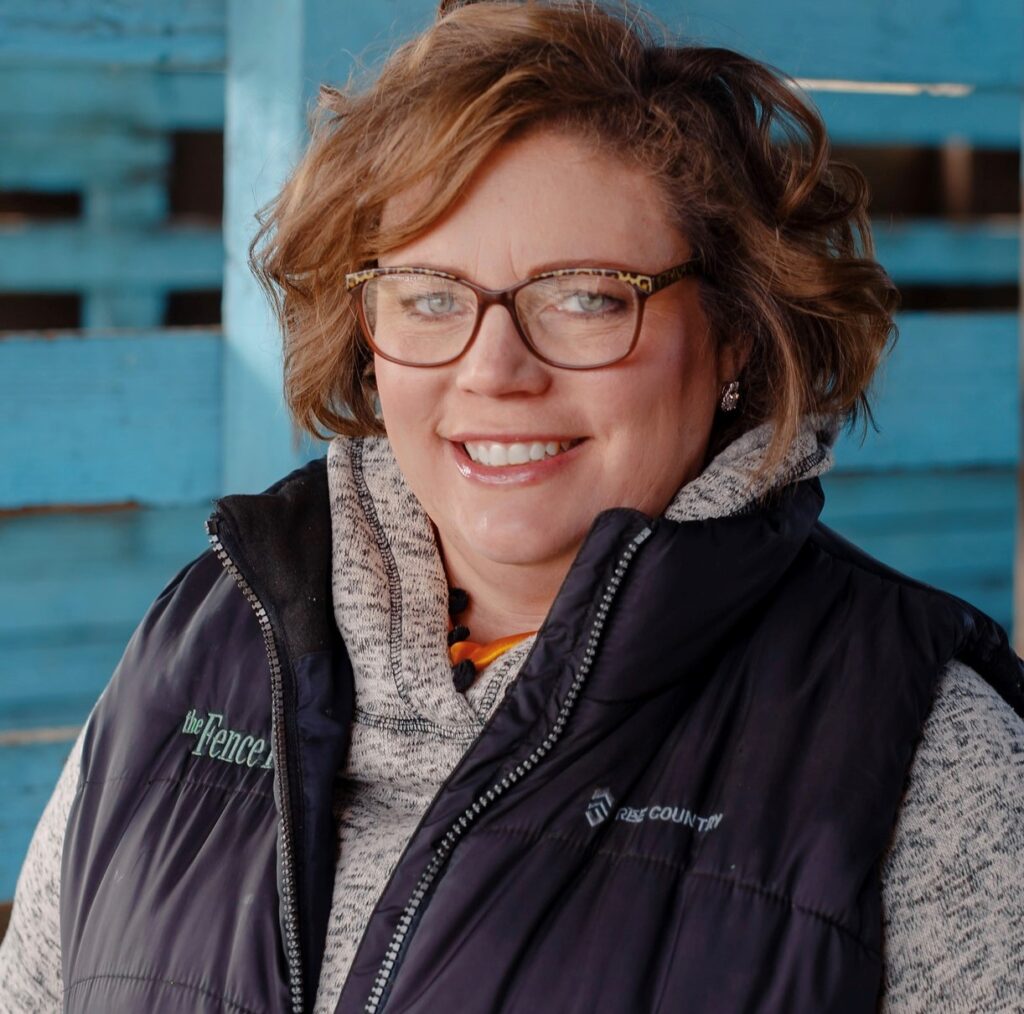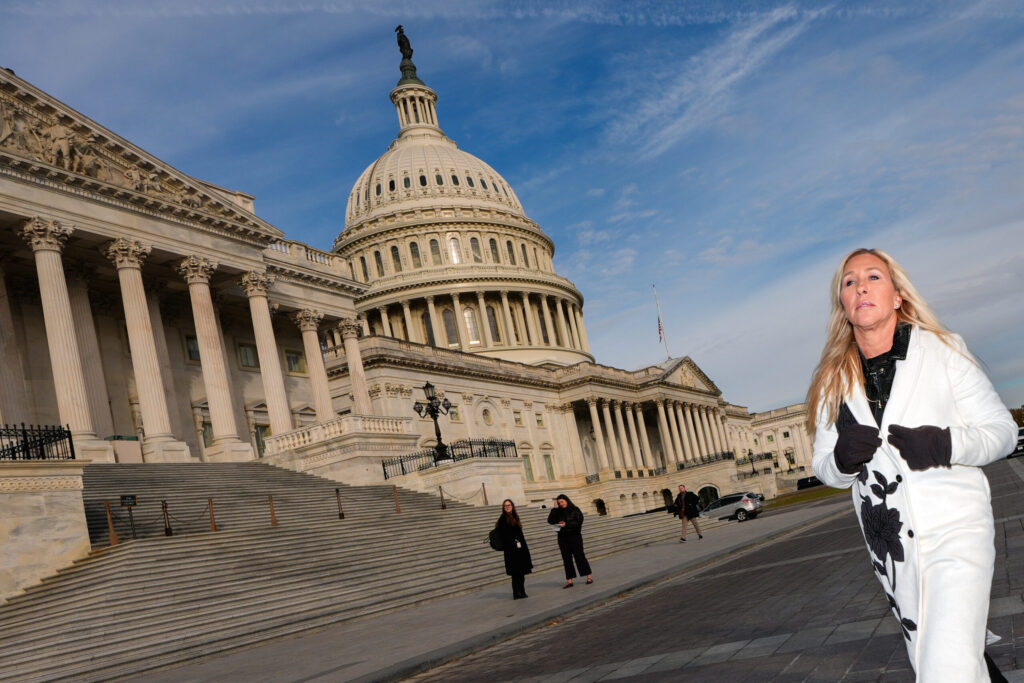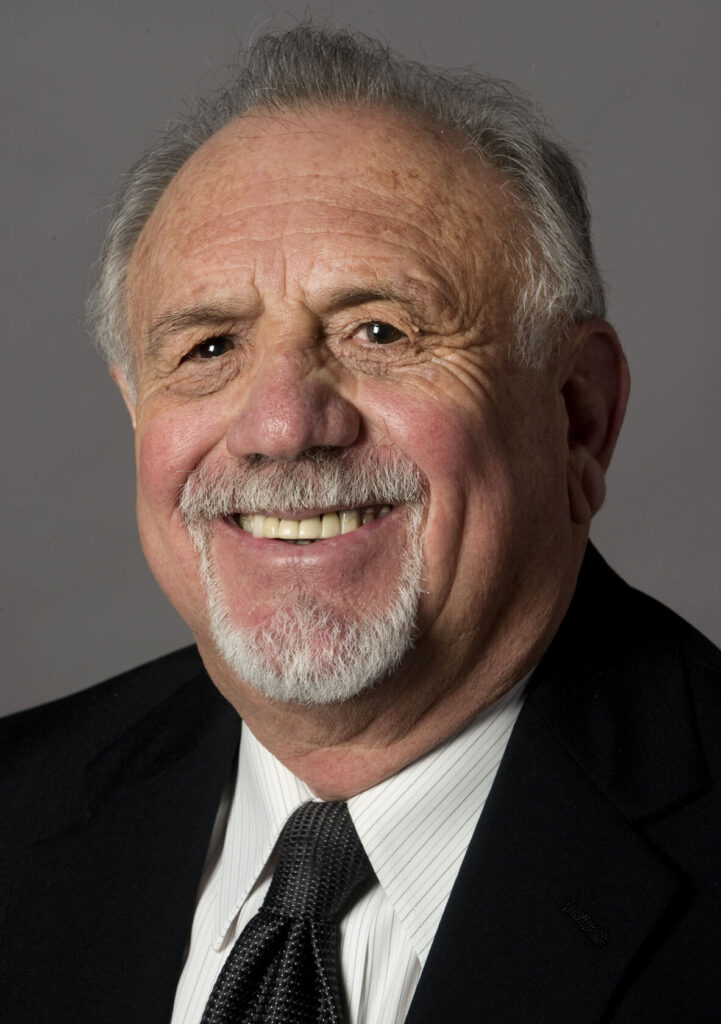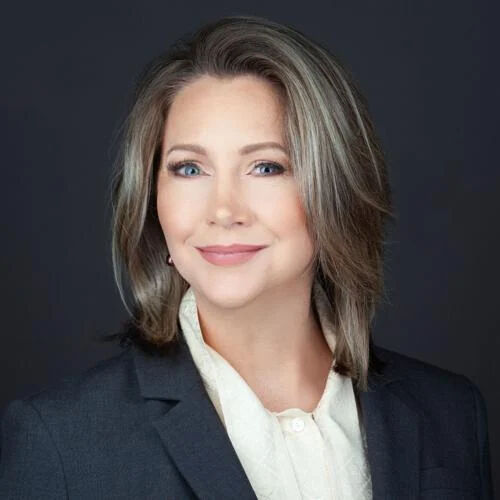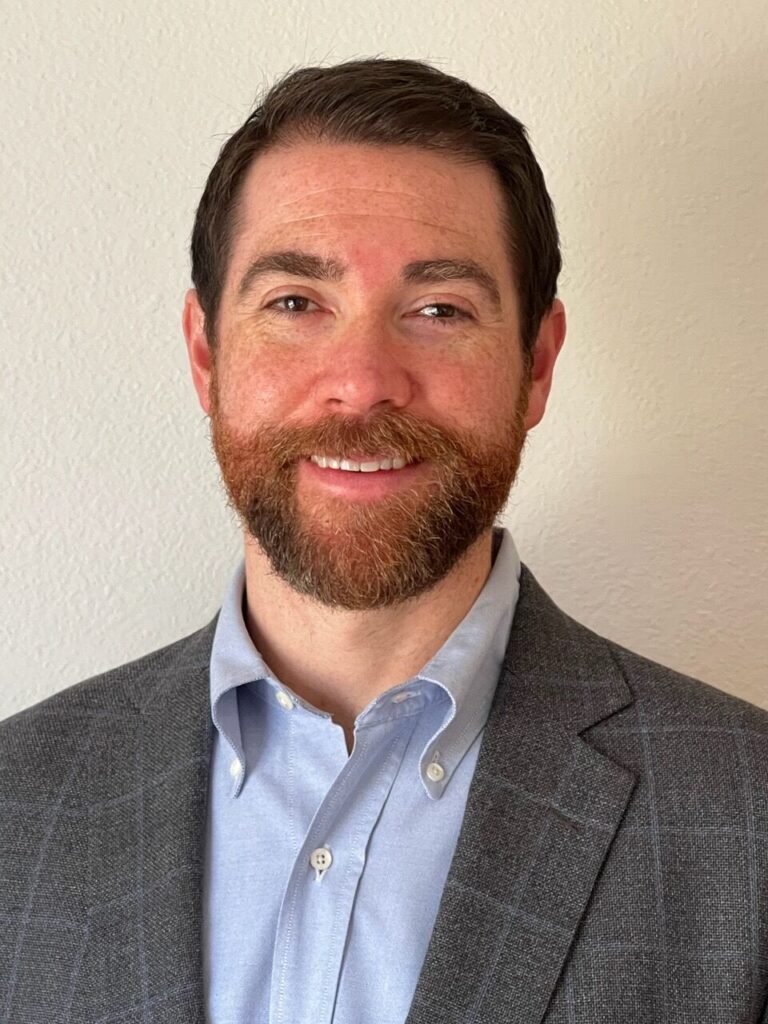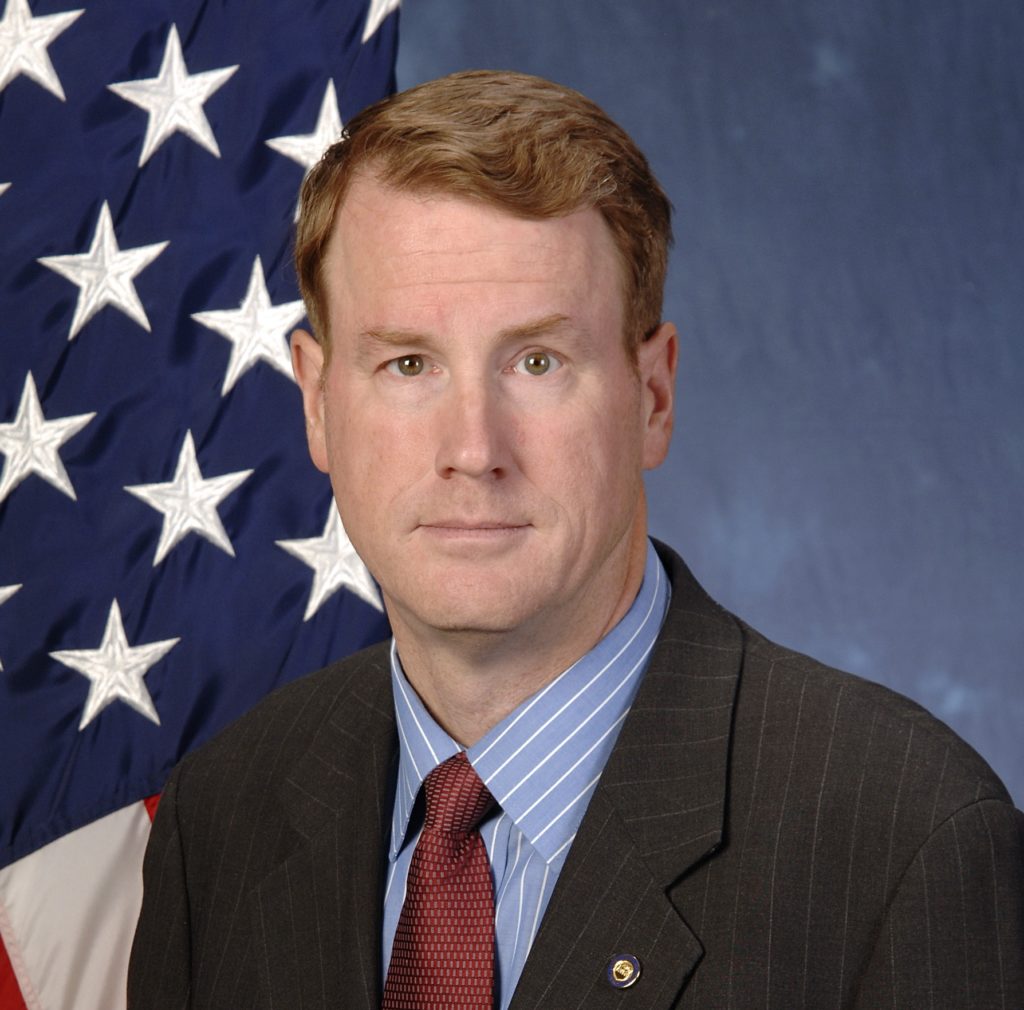Watson: Creating a level playing field in Colorado education

When it comes to creatively advancing the quality of education in Colorado, we need to consider ways of making a level playing field for children to thrive.
Colorado has a network of strongly performing charter schools when it comes to both academic rigor and healthy student culture. Many of them have won impressive awards for test scores, sports and teacher performance. However, one of the greatest challenges these schools face is the ability to have facilities that appropriately meet their educational needs.
As a commercial real estate investor and education innovation advocate, I see time and time again Colorado charter schools struggling to cope with the logistical complications of sharing facility space with a local business, a neighborhood church or community building. While we are all incredibly grateful for those willing to provide these areas, it is undoubtedly challenging for teachers, students and parents alike to have learning and creativity thrive in shape-shifting settings that won’t allow for maximizing educational potential.
We cannot have true quality in education unless we have the appropriate facilities to support our schools who are, quite literally, working around the clock to invest in the future of our students.
Perhaps the most exciting part of this discussion is that there are actually solvent, common sense solutions that could be implemented to help provide better, longer-term facilities to our students and teachers throughout our state.
Here’s one example: Currently in Colorado, there is a property tax exemption for traditional public school facilities. If and when a school board approves public funding for a new school in a district, that building is constructed or acquired without paying property taxes where the school is located. However, when it comes to our charter schools, if a private citizen, business or organization would like to build or provide a facility for the school, these folks are hit with the full force of these property taxes, placing the schools at a further disadvantage, as they pay for their property tax expenses in their rent. If we want more money in the classroom for our kids, it should not be spent on property taxes for one school and not another.
What if we were to provide the same incentive to the private sector when it comes to educational money and facilities as we do to the public sector? I personally know many who would be interested in investing into our educational system in this way if they knew they would not be treated at a disadvantage compared to other public schools. Several other states across the country have done this with great success and positive results. Colorado should consider the same in a way that is appropriately tailored to our needs and schools.
Another possibility to consider for our charter schools is continuing to grow and promoting a coalition of citizens, activists and our business community who would be willing to provide educational tools and resources needed to often cash-strapped schools. One of my biggest goals in life has been figuring out how to connect my passion with my profession — how to use my involvement in business and real estate to provide quality jobs, opportunity and empowerment to all economic groups. To that end, I launched the Education Opportunity Fund, designed to deliver as much private funding as possible to reposition existing vacant schools, office, retail and industrial buildings into productive educational environments for Colorado’s children and other states throughout the couintry. As a public school kid who spent his formation years growing up on the Western Slope of Colorado, I know all too well the importance of accessing a quality education regardless of what ZIP code you live in. Working together with others throughout our state who are already engaged in similar efforts will prove valuable and worthwhile.
Advancing quality in education for future generations is something that every single Coloradan can agree on and is a priority that is publicly voiced on a daily basis. While we all agree on the principle, we need realistic and common sense proposals to actually make this vision a reality.
There are dozens of good ideas that have been proposed via both public and private channels. I would encourage our education advocates, our community influencers, our public departments and our elected officials to all come together around a common sense idea that would promote incentives for citizens and organizations to invest in educational facilities for our Colorado kids.
By doing so, not only do we make measurable progress on investing in the future well-being of our state, we also continue to set an example for the rest of the Nation to follow: that Colorado is a place for creative solutions and proactive action in business, in culture, in play — and in education.
Colorado Politics Must-Reads:



